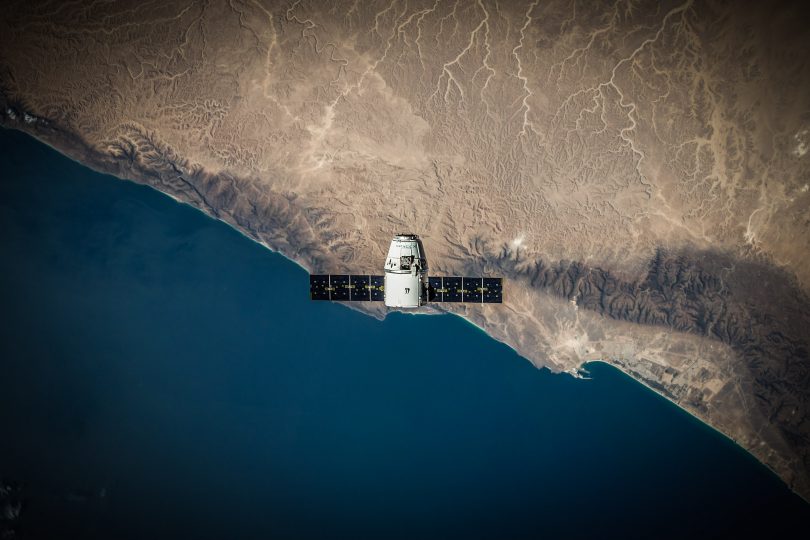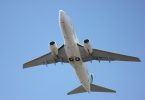Australia joined the global space industry in July this year after launching its own national space agency.
Before July, Australia and Iceland were the only two OECD countries without a dedicated space agency.
Currently located in Canberra, the Australian Space Agency (ASA) will receive $41 million in funding to establish itself over the next four years.
To put this in perspective, NASA’s budget for 2017 was 19.5 billion.
Budget of Space Agencies
Beautiful, easy data visualization and storytelling
The range of funding within the space industry indicates there’s a long way to go before the ASA takes on the large-scale exploration missions of its global counterparts.
While the agency’s exact plans are yet to be outlined, it will most likely begin with the production and release of satellite technology.
In 1967, Australia was the third country, behind the US and Russia, to launch its own satellite into space.
In this 51 year period, the country has officially released only a handful more, owning nine of the 1,700 functional satellites currently in orbit.
Number of Functional Satellites in Orbit
Beautiful, easy data visualization and storytelling
Australia may be late to the party, but starting a space agency in 2018 will allow for new technologies to be exploited.
Reusable rockets and shrinking technologies have greatly reduced the cost of sending a satellite to space.
This means that while we are able to send more satellites into orbit each year, the average size and weight of what we send is decreasing rapidly.
Multiple Australian start-ups are already involved in these new satellite technologies, with the country owning 0.8 per cent of the $344 billion global space market and employing 9,500 to 11,500 staff.
During its four year formation, the Australian Space Agency hopes to improve this to 1.8 per cent ownership and create thousands more jobs.
The recent formation of other national space agencies show that these goals are very much achievable.
UK and Mexico both formed their space agencies in 2010, resulting in large employment growth within the space sector.
Copy of Space Agency Employment Growth
Beautiful, easy data visualization and storytelling
Following the trends of UK and Mexico, Australia can expect a 40% growth in employment over 4 years, with around 8,000 new jobs within the space industry.
As the data shows, Australia may currently have limited funding and experience within the space sector, but the formation of ASA is a big step forward for our country in the global space race.
Statistics from Union of Concerned Scientists Satellite Database, Mexico Aerospace Report and UK Space Agency Executive Report







